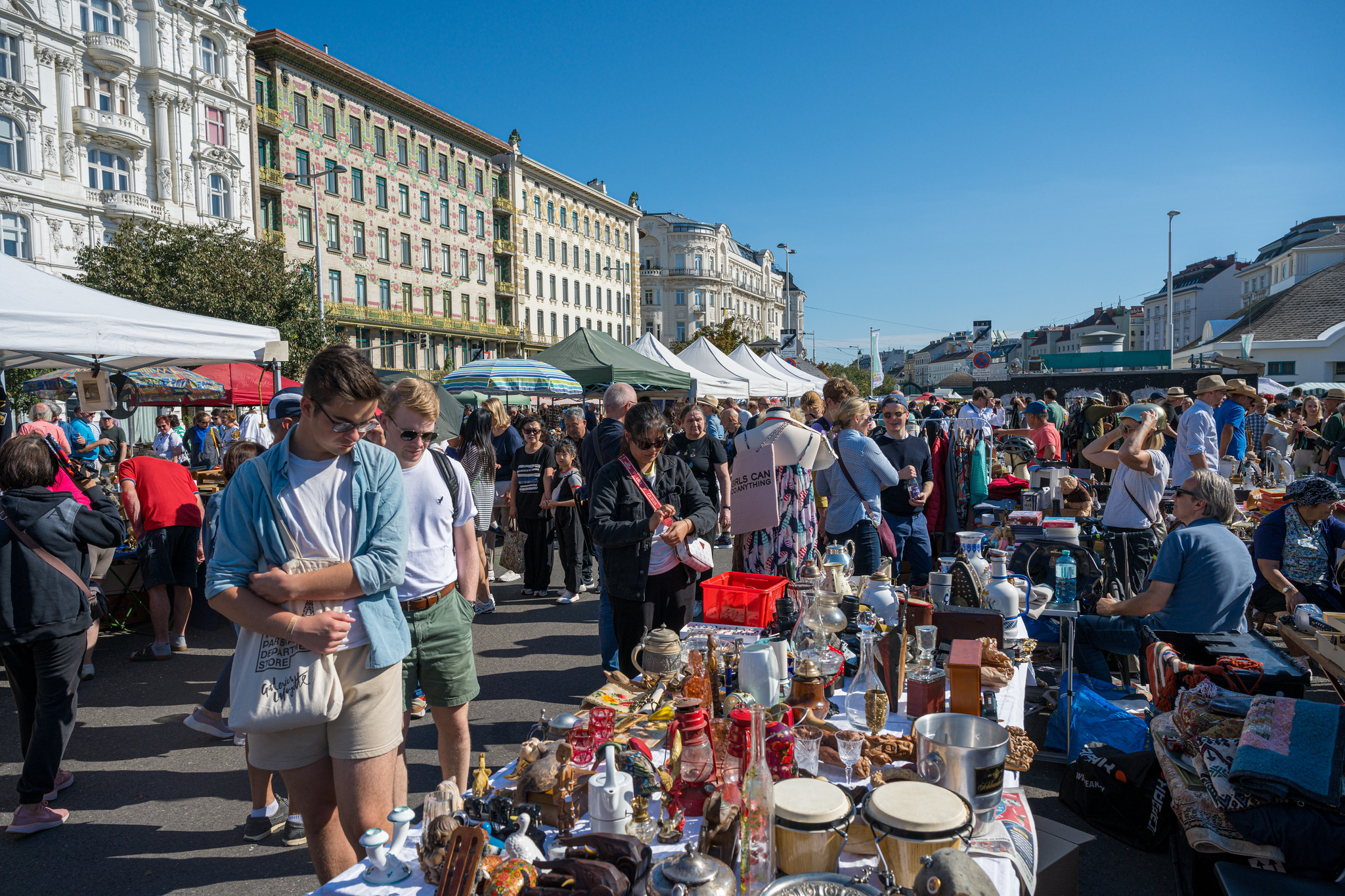
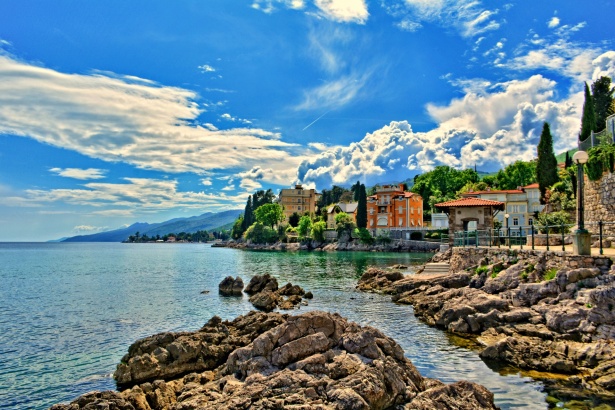
This article originally appeared in Italian on Osservatorio Balcani e Caucaso Traseuropa. You can find the article here: The birth of tourism in Opatija.
In Istria, during the Habsburg period, it was the spas and wellness treatments at local resorts that sprouted tourism. Among the most important localities in the area is Opatija, which soon became a haunt of Viennese high society.
Breathtaking views, crystal-clear water and delicious specialities. It is no surprise that Istria gradually became a mass tourism destination after the end of the Second World War and the most visited of all Croatian regions, with 4.5 million tourists in 2019 (out of a total of 20 million in the country ). Originally, however, Istrian tourism did not originate as a mass phenomenon, but as an activity reserved for the elite, i.e. members of the high society of the Austro-Hungarian Empire.

We are in the 19th century and ‘tourism was born as a concept linked to the city dimension, to the idea of leisure time’, explains Mihail Dabo, historian at the University of Pula. “Before, one did not go on holiday. At the limit there was the Grand Tour, that is, the educational, training trip, again reserved for the upper classes,’ Dabo continues. ‘In the 19th century, on the other hand, transport was developed to take the rich around, the train first of all but also the first cruise ships. In Istria, it is the spas and wellness treatments of the local resorts that sprout tourism. During the 19th century, therefore, what were previously unknown small fishing villages were rediscovered in terms of tourism and the nobility commissioned suitable structures to accommodate them. Among the most important locations is Opatija.
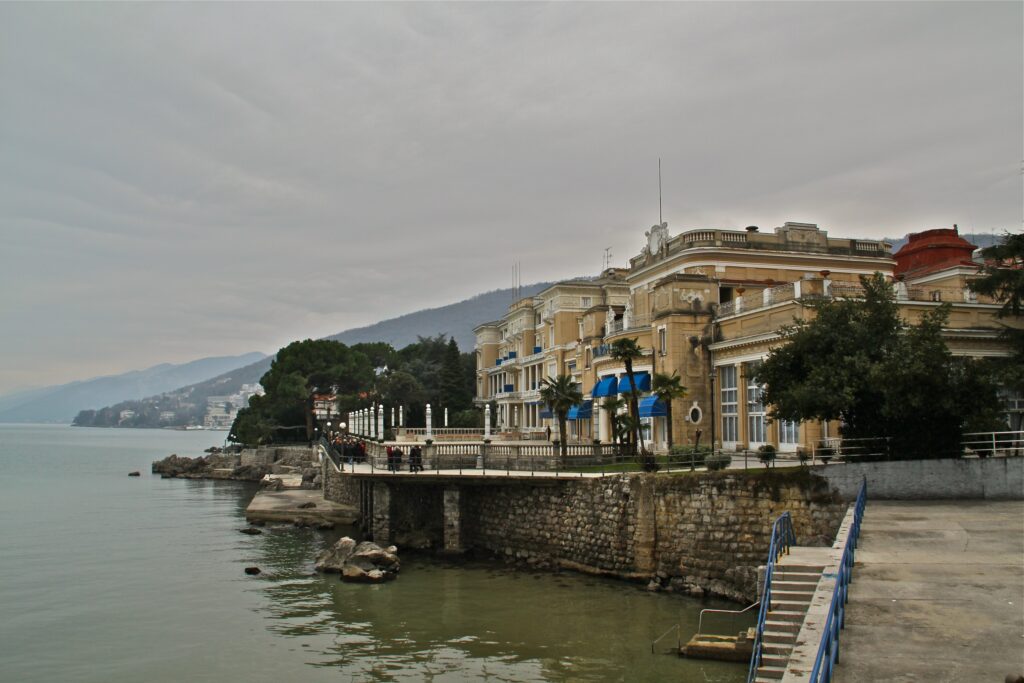
A history of railways
Close to both Trieste and Rijeka, the two most important ports of the Empire, Opatija gradually became the ideal destination for elites looking for a place to relax away from the hustle and bustle of big cities. But its success is no accident, quite the contrary. The beginning of Opatija’s tourist development is well established in time, beginning in the year 1844. It was then that the entrepreneur Higinio Von Scarpa had his beautiful Villa Angiolina built in Opatija.
Venetian by birth, Von Scarpa moved to Rijeka to work in the trading and forwarding company he inherited from his father. A quiet location close to Rijeka, Opatija became the ideal place for Von Scarpa to spend his holidays, and his villa, dedicated to his wife Angiolina and today one of the oldest buildings in Opatija, a stone’s throw from the sea and surrounded by greenery (it is a magnificent example of horticultural heritage as well as the site of the Museo croato del turismo a, ), diventa un luogo di ritrovo dell’alta società viennese. Higinio Scarpa was in fact a wealthy and influential man, and at Villa Angiolina he began to host the greatest protagonists of the political and social life of the Empire, from the Croatian Ban Josip Jelačić (who led the repression of the Hungarian uprisings of 1848) to the Austrian Empress Maria Anna, wife of Emperor Ferdinand I of Austria.
It was precisely the latter’s stay that made Opatija a popular destination throughout the Empire, and this fledgling interest did not escape the attention of one of the industrial giants of the time: the Imperial Royal Southern Railway Company (Südbahn-Gesellschaft). The Southern Railways Company had been founded with foreign capital in 1858, when the finances of the Austrian Empire had proved insufficient to finance the construction of new railway lines, and was managing the route between Vienna and Trieste, which had been completed the year before.
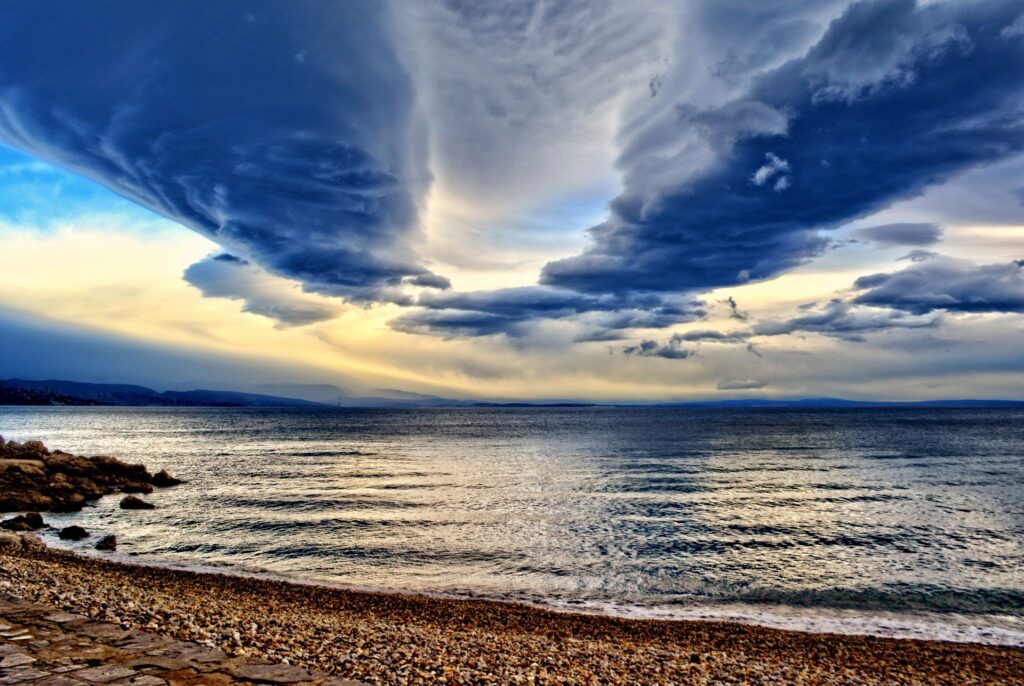
It was the company’s managing director himself, Friedrich Julius Schüler, who realised Opatija’s potential and worked from the 1870s onwards to transform the town into a tourist destination for the Empire’s elite. In other words, it was not only a matter of connecting Rijeka (and thus Opatija) to the railway network, but also of inventing the destination itself. Thus, while the port of Rijeka was being connected to the railway in 1873, during the 1880s, the Southern Railway Company, led by Schüler, financed the construction of luxurious resorts, thermal baths, promenadesand other amenities suitable for a holiday resort, which would soon attract other members of the royal family and illustrious personalities of the time, establishing itself as a holiday resort for the crème Of imperial society.
È interessante notare che la divisione amministrativa a cui era sottoposto l’attuale territorio croato ai tempi dell’Impero asburgico è visibile ancora oggi proprio nella struttura della rete ferroviaria. Istria and Kvarner are in fact somewhat divided: ‘One line goes from Pula to Ljubljana and Vienna. Rijeka, on the other hand, is connected to Zagreb and then to Budapest,’ says historian Mihail Dabo. The connection between Trieste and Rijeka, via Divača and St. Peter of Karst , also provided access to Opatija.
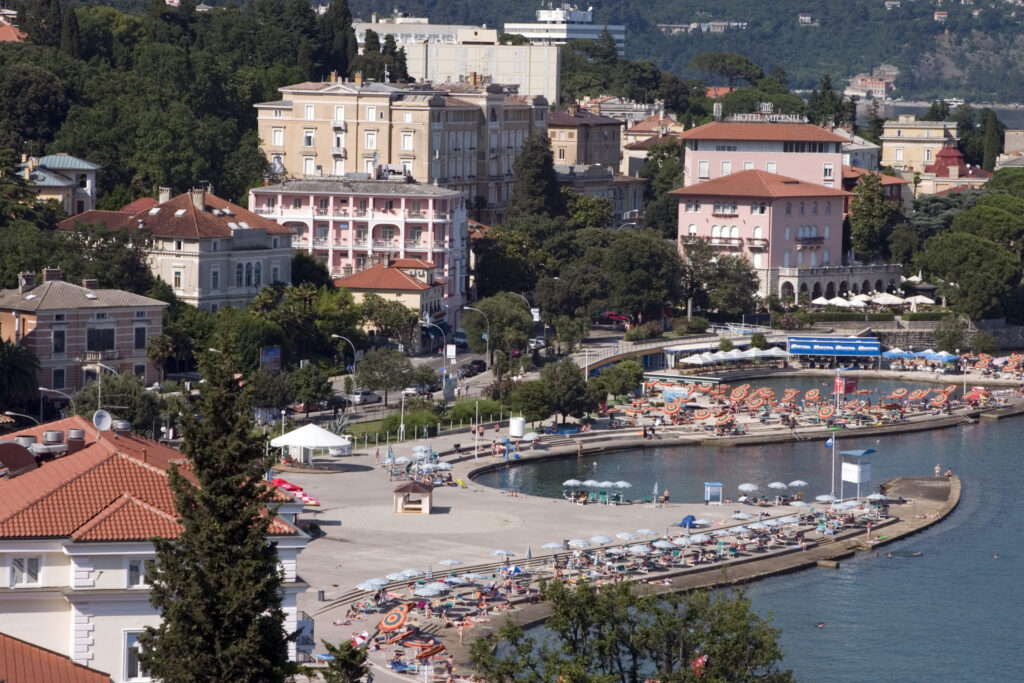
From Viennese kavanas to European projects
Attracted, therefore, by the spa treatments and the sea air, the first Austrian tourists also found the Viennese cultural atmosphere in the Kvarner resort: the Bečka Kavana (or Viennese Café) became the model on which the city’s cafés were built, where nobles could go to read and socialise. Schüler’s role in the development of the city was so important that even today a bust of him – by the Austrian sculptor Hans Rathausky – is preserved in the gardens of Villa Angiolina. Although Schüler was the main promoter of Opatija’s rise as a resort, he also counted on the help of academics and medical professionals for his project. Among them, it is worth mentioning the name of Julius Glax. An Austrian-born doctor and balneologist, Julius Glax arrived in Opatija at the age of 37, dragged along by the enthusiasm of his friend Schüler. The Southern Railway Company had in fact put him in charge of managing the development of medical institutions and health activities. It was therefore Glax that produced the city’s sanitary regulations, implemented new procedures and promoted the scientific community’s interest in Opatija. Not only tourism and wellness, but also conferences and innovation, so Glax enriched the town by organising conferences and congresses (especially related to thalassotherapy and other treatments practised in Opatija). Glax remained eternally attached to the town and today he and his wife Hermine rest in Opatija’s cemetery.

The outbreak of World War I, which swept through Europe and brought the continent’s development to a standstill, also caused a sharp decline in tourism in Opatija, and the Croatian coast was only able to resume its course at the end of World War II. The legacy of that historical period, however, has not disappeared; on the contrary, it is now an integral part of the identity of the city and the region in general.
Just think of the Trieste-Parenzo railway, which was built at the turn of the 19th and 20th centuries and has now become the Parenzana bike path , a project funded several times by the European Union under Interreg Croatia-Slovenia. The same program also funded the Riviera4Seasons2 which ended in 2019 and involved two of the most famous tourist destinations at the time of the Empire: Opatija in Croatia and Portorož in Slovenia, with the aim of ‘deseasonalising’ tourism on the Istrian coast, which today depends mainly on the months of July and August. Paradoxically, however, while tourism has continued to develop in Opatija, Istria and Kvarner, the railways that made it possible at the end of the 19th century are often in a worse state than they were 150 years ago. Reaching Opatija from Zagreb, for example, requires at least six hours of travelling and two changes.

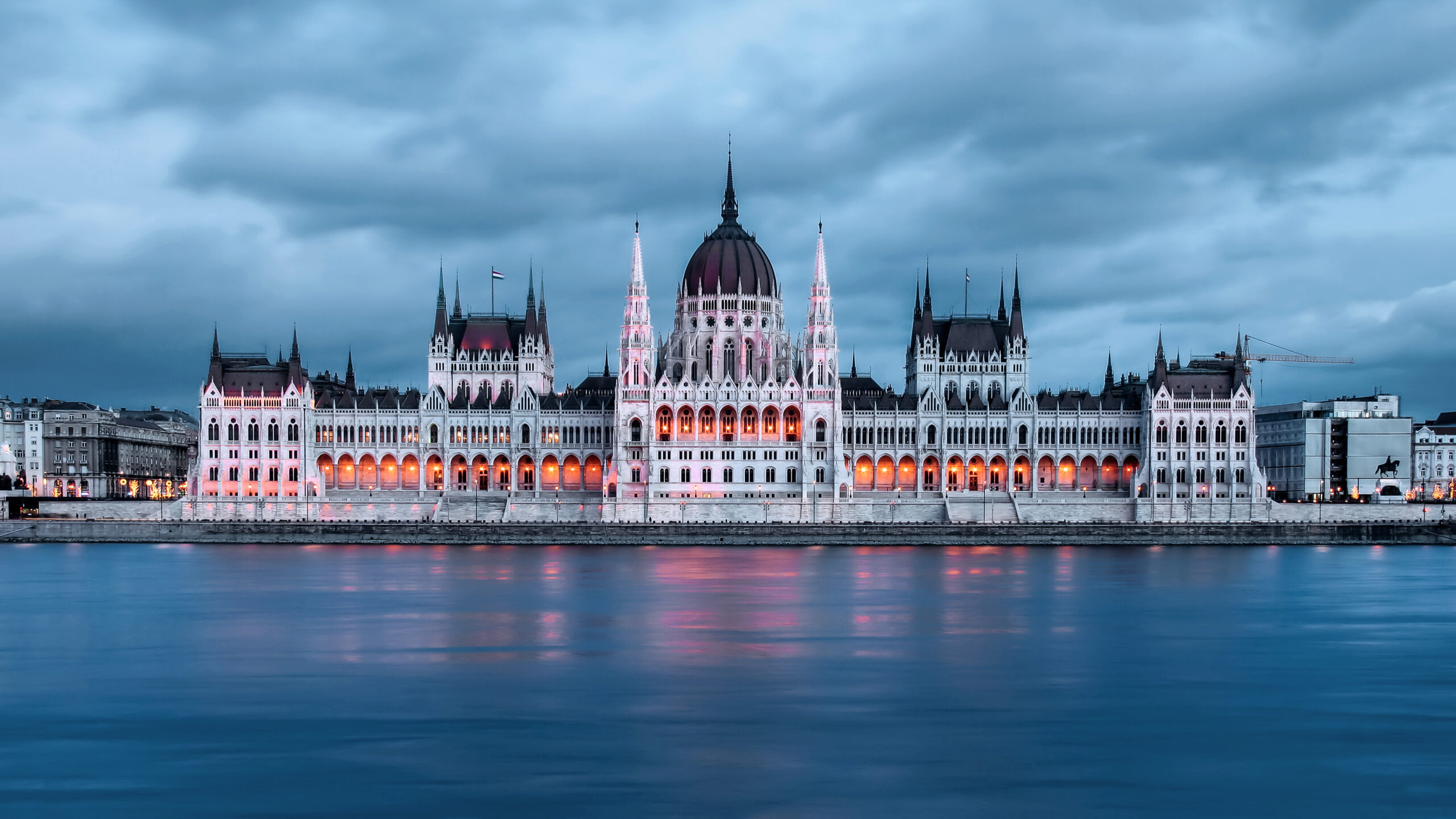

Start your journey in the Extinguished Countries!
Get a free chapter from our first guidebook “Republic of Venice” and join our community!